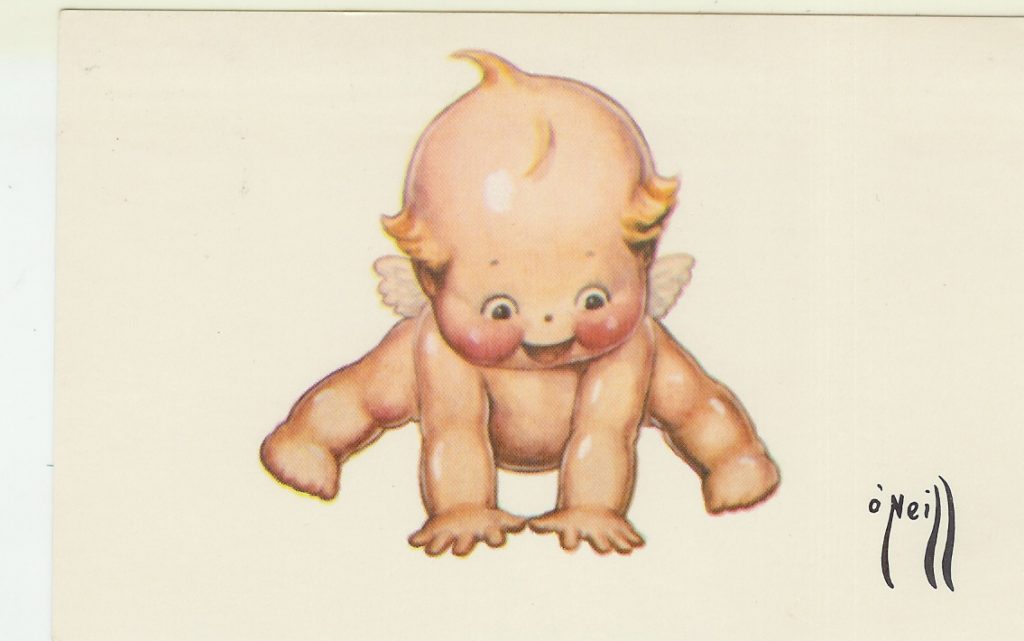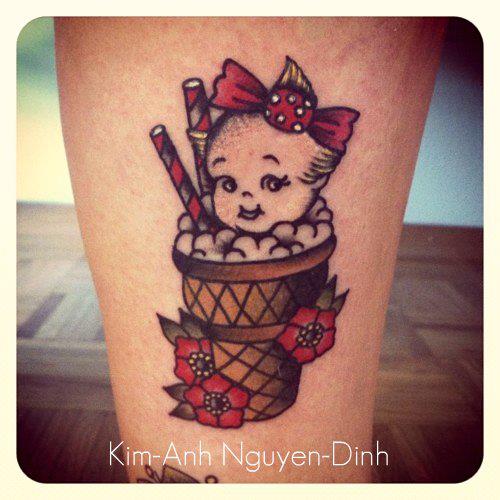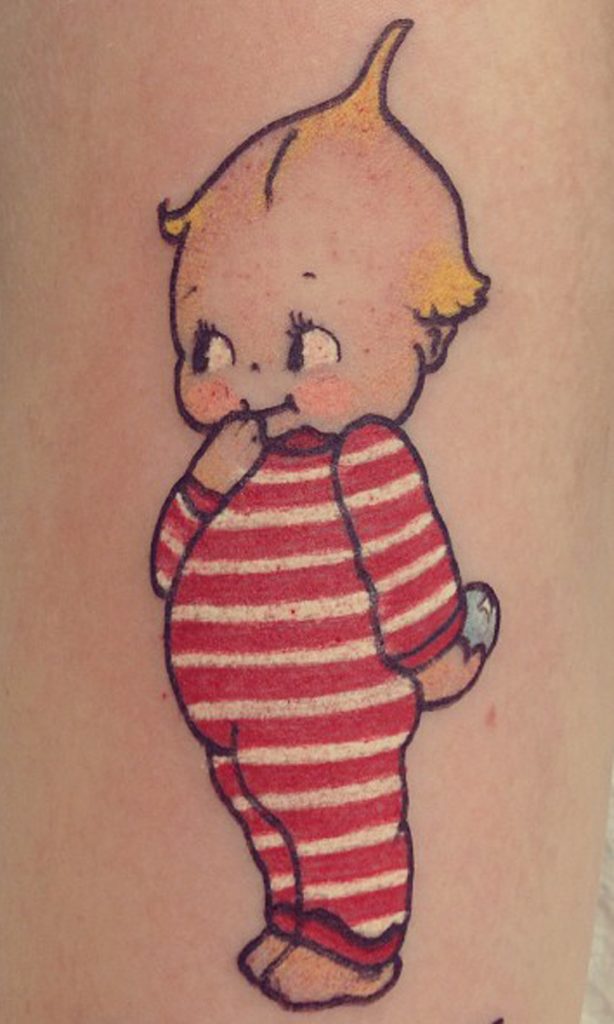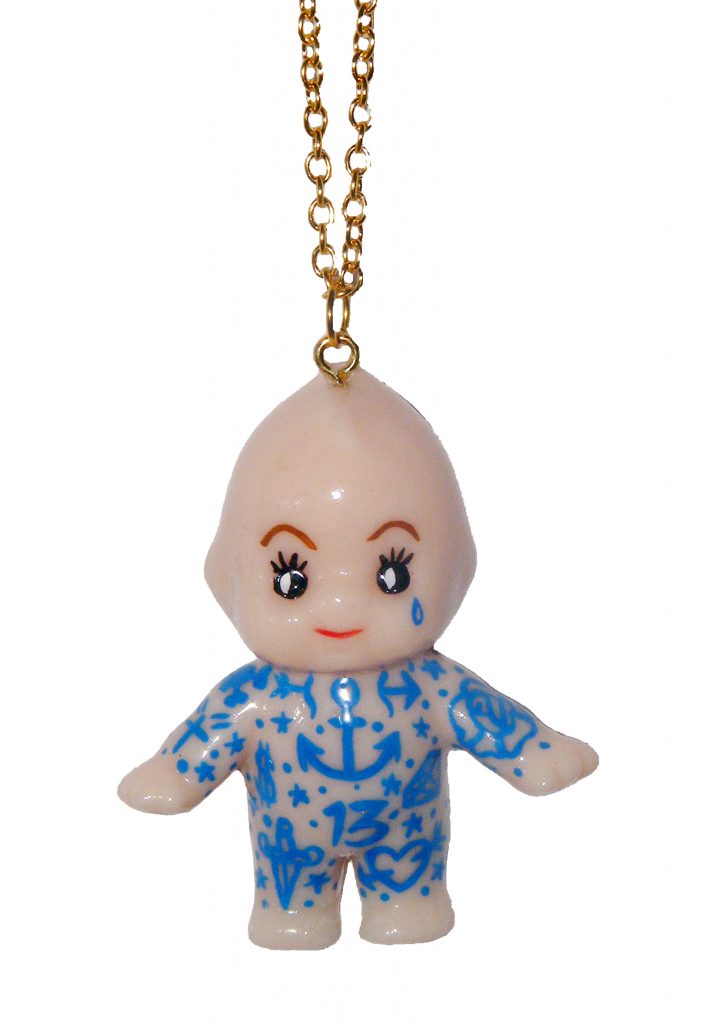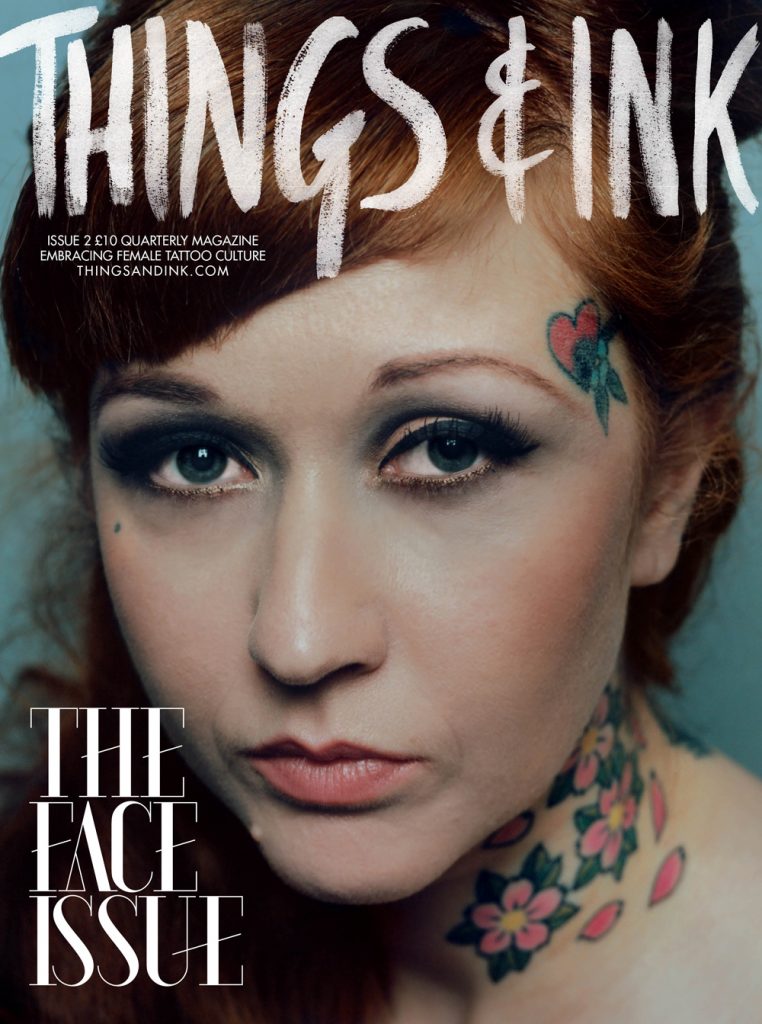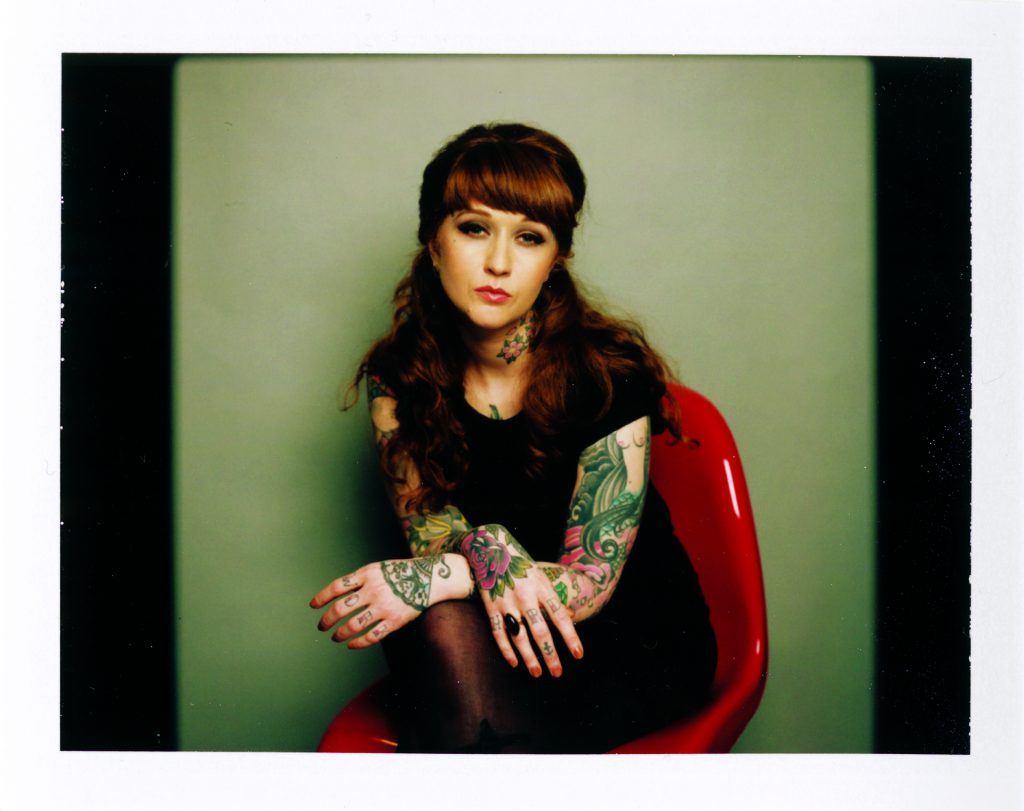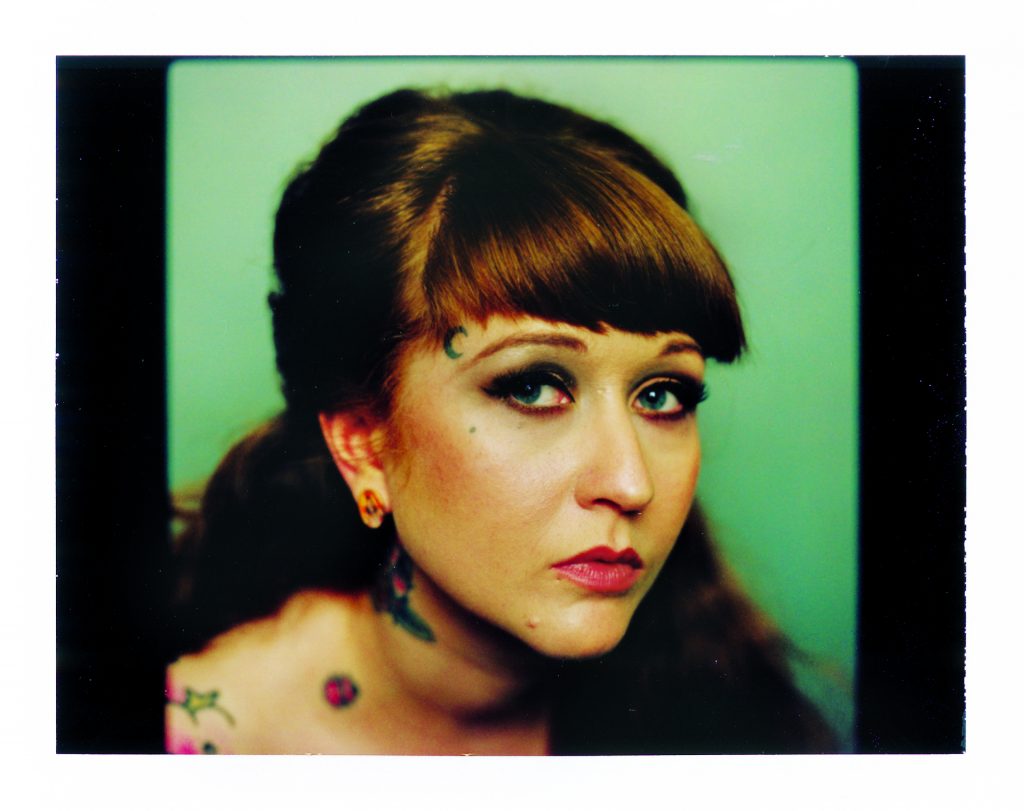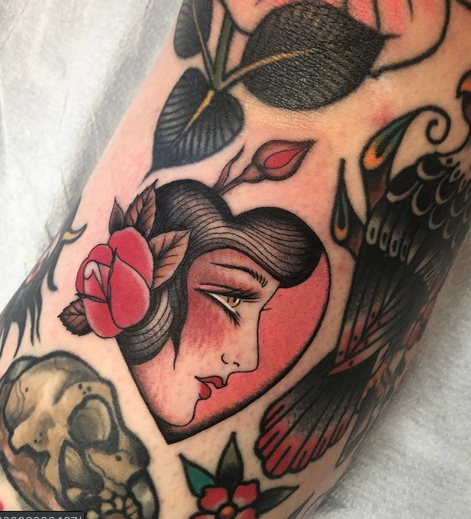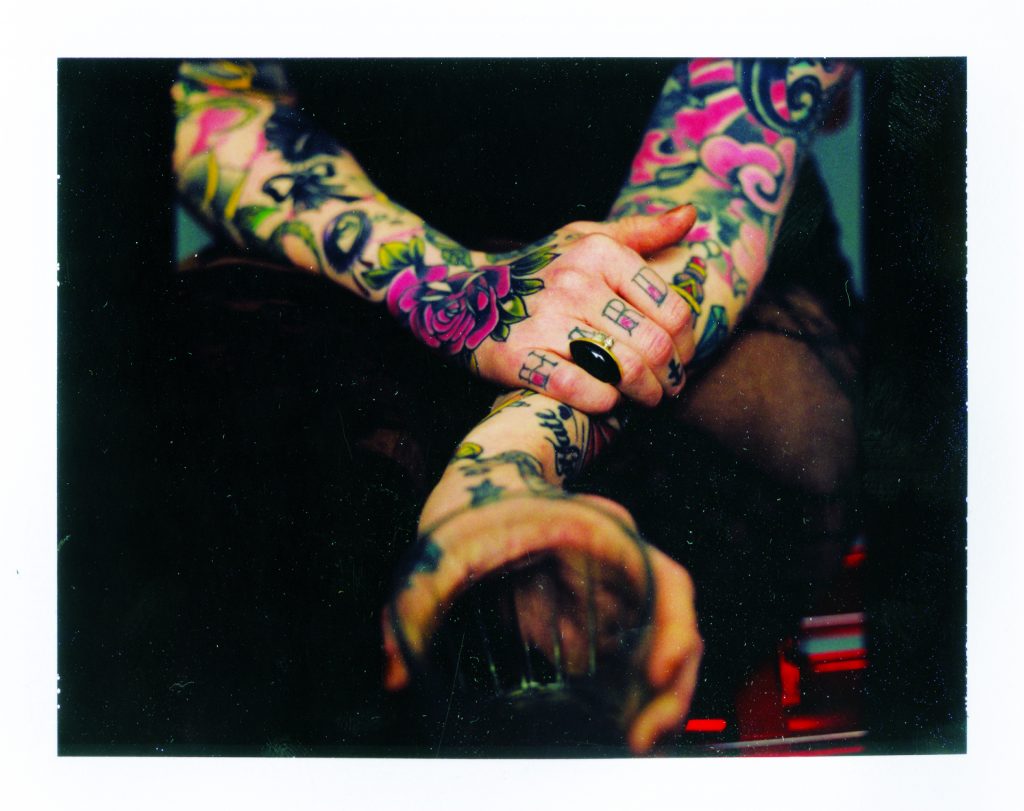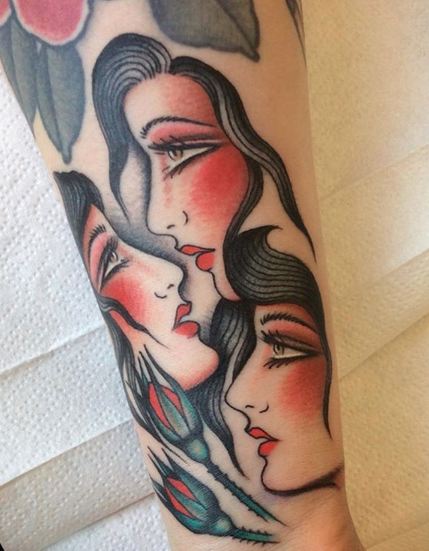*This article is written from a UK perspective, by Lauren Marina.
**TW sexual assault, rape, trauma.
You’re not overreacting.
You didn’t bring it on yourself.
It isn’t just a joke.
Call it by its name. It is sexual assault.
Last week on Instagram, hundreds of women broke the silence on sexual assault in the tattoo industry. The sharing of personal experiences snowballed and awareness of the problem grew louder than ever.
As I read each story I felt many emotions. My gut wrenched and churned in disgust and anguish. I had tears of sadness in my eyes that so many women have faced such atrocious behaviour at the hands of someone who should have been a trusted professional. I felt rage; rage that these assaults have happened in an industry so close to many of our hearts. But amongst these feelings, I did not feel surprised. That lack of shock felt heavy and grey in the pit of my stomach.
Why wasn’t I surprised?
Unfortunately because I deeply resonated. I connected with many of the elements of the stories shared.
I’m not a tattooer myself, but I’ve been getting tattooed for around 13 years and have visited a wide variety of shops and conventions in different locations. Despite having largely positive, respectful and professional experiences I’ve also felt the vulnerability so many of the women shared in their stories.
I’ve been the only woman amongst a group of men in a tattoo shop, whilst they share loud and lairy sexual jokes about past clients. Whilst I sit small, waiting for the work to start; unable to speak out for fear of being turned upon. I’ve been unnecessarily topless in the middle of a tattoo convention, my naked body subject to lingering eyes and photographs taken by strange men whilst I’m held down with the tattoo machine; holding back words for fear of being condemned, from fear of being considered an overreaction, my male artist, seemingly unaware of any wrongdoing.
These are examples of some of the conditions within tattooing that enable disrespectful sexual behavior to exist. These types of conditions and similar, play a significant role in allowing rape culture to cultivate; and I believe the boys’ club is largely to blame.
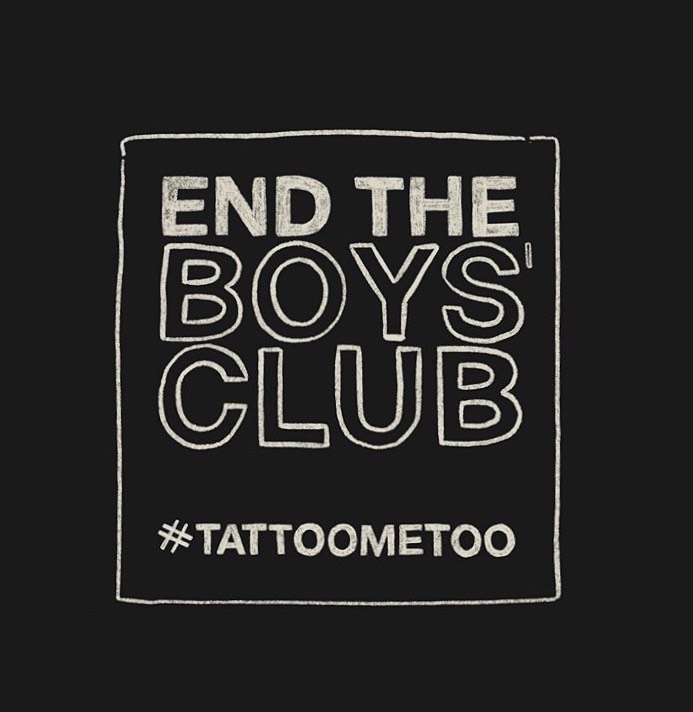
‘Boys’ club’ is a term used to describe typically ‘laddish’ behaviour. Perhaps reading this will instantly summon a scenario (or likely many) in which you have witnessed ‘the lads’. In this context I’m referring to the type of behaviour where, in an all-male scenario, a vulgar sexual joke here and there is allowed to slip through in front of friends, for the ‘banter’. This sexual ‘joke’ is not shut down by the audience, but applauded, these are the enablers of the perpetrator, a part of the boys’ club. This normalises and in fact, rewards the content of the joke. This normalisation and reward is the base level that allows rape culture to exist, insidiously – whether that be in one tattoo shop or across the industry as a whole. This habit alone, or alongside other enabling behaviours such as the sexual objectification of women, permits – and can cheer on – the potential escalation from harassment to abuse by the perpetrator. The sheer volume of shared experiences of sexual violence at the hands of male tattooers shared by women in the last week is testament to this.
Add a ring of accomplices, who have been enabling behaviors, such as looking the other way, denying wrongdoing, participating, or casting the actions off as “that’s just what he’s like” or “boys will be boys”, allows – and in fact loudly endorses – acts of sexual assault towards clients. Individual unacknowledgement of widespread sexual abuse, victim blaming and trivialising rape also contribute.
Then combine this with the client.
A female client has booked in to see a professional tattoo artist. They arrive, perhaps having travelled for some time, or having booked in months ago, feeling the thrill of anticipation of new work to be added to their skin. Perhaps they have to be in a level of undress. They will likely be in some degree of pain. They will also likely be in an unknown environment, surrounded by strangers. This may also be the first time they have met the artist, so a new rapport may only begin on the day of the tattoo. The collision between the client’s vulnerability and the normalisation of rape culture can be devestating.
Enough is enough.
This is not a problem with the industry. This is a problem with the individuals who perpetrate this predatory behaviour. Rape culture must be stamped out in the tattoo world. Clients should never have to be in a position of sexual risk. The predators existing in the industry are a minority, but even one is too many.
One instance of unwelcome sexual advance is too many. One instance of groping is too many. One instance of forced sexual contact is too many. One degrading tattooer is too many. One unsolicited dick pic is too many. One experience of client humiliation is too many. One client feeling scared and vulnerable is too many.

Raising awareness, education, new legislation and active allyship are all preventative measures that can be taken. Despite there being stigma and fear around shining a light on perpetrators, we can also encourage and support victims to speak out in ways which are physically and mentally safe to do so; and only if they want to. There can be no pressure here. Your experience is yours. Public naming and shaming artists can be unsafe for victims in many ways, for one due to defamation laws in the UK. TattooMeToo are a support group who have mobilised quickly to support victims in a safe and professional manner.
If last week has proved anything it’s that we can unite together and create change. Justice can be achieved. This is the end of the boys’ club.
A collective of women have set up @TattooMeTooRecoveryArtists you can donate via www.gofundme.com/f/tattoometoorecovery.
For additional support follow @tsass_uk or visit rapecrisis.org.uk.
I also have a charity t-shirt for sale at Mercht. All sales (except for Mercht’s printing cost) will go to TattooMeToo Recovery Artists.
Our inbox at Things & Ink is always open, alice@thingsandink.com
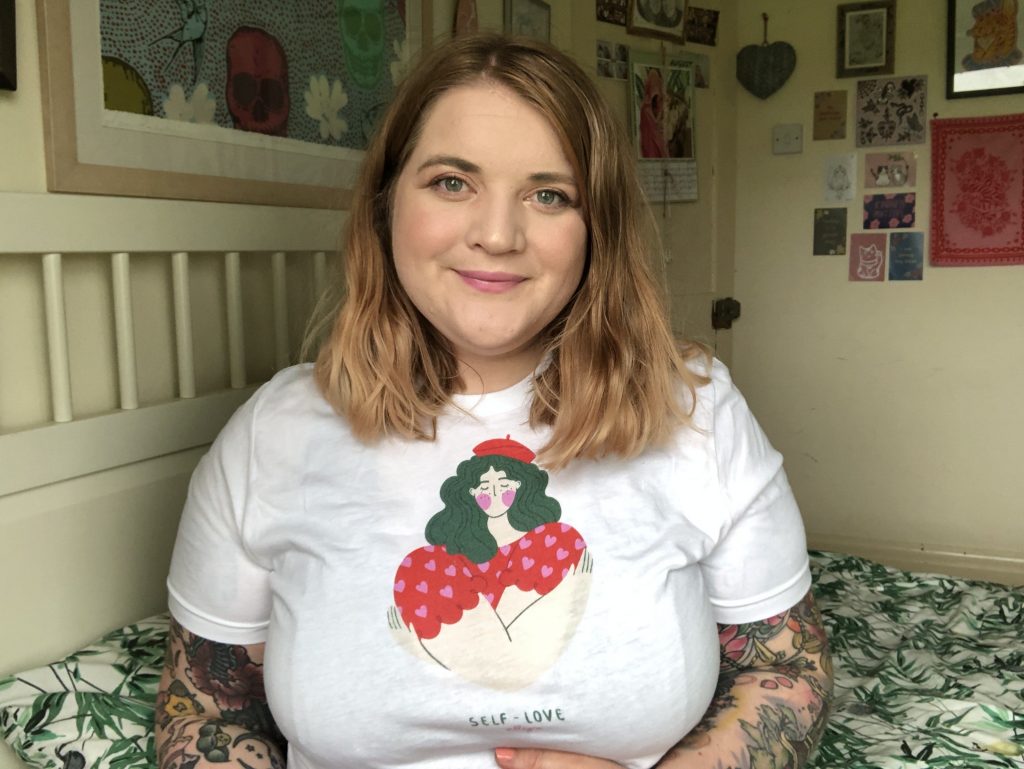
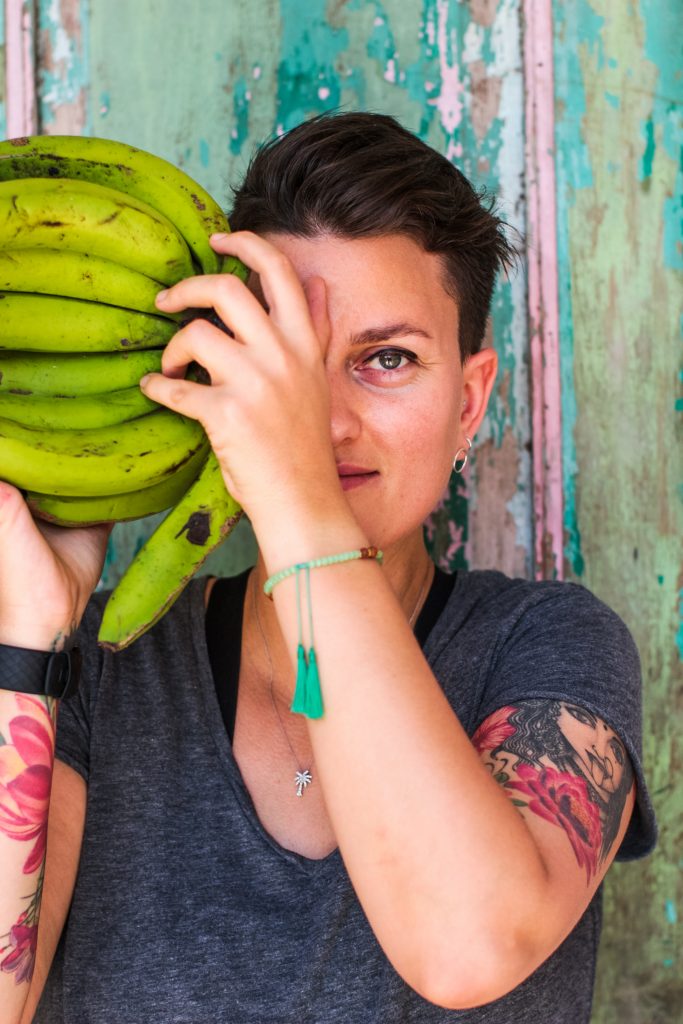
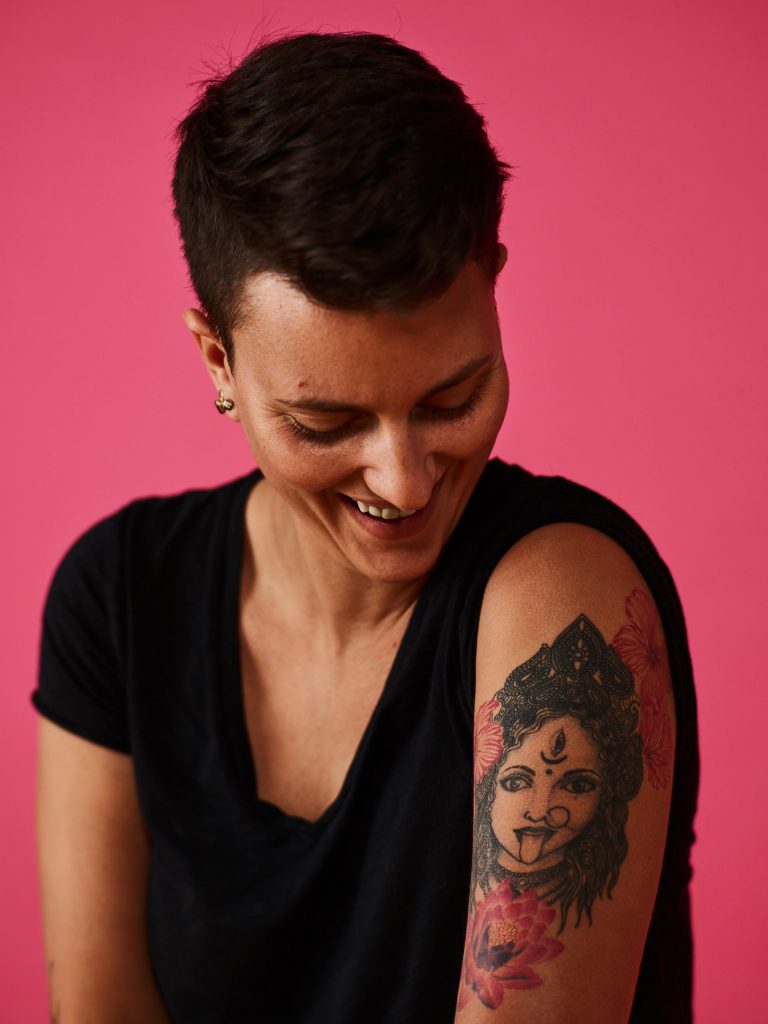
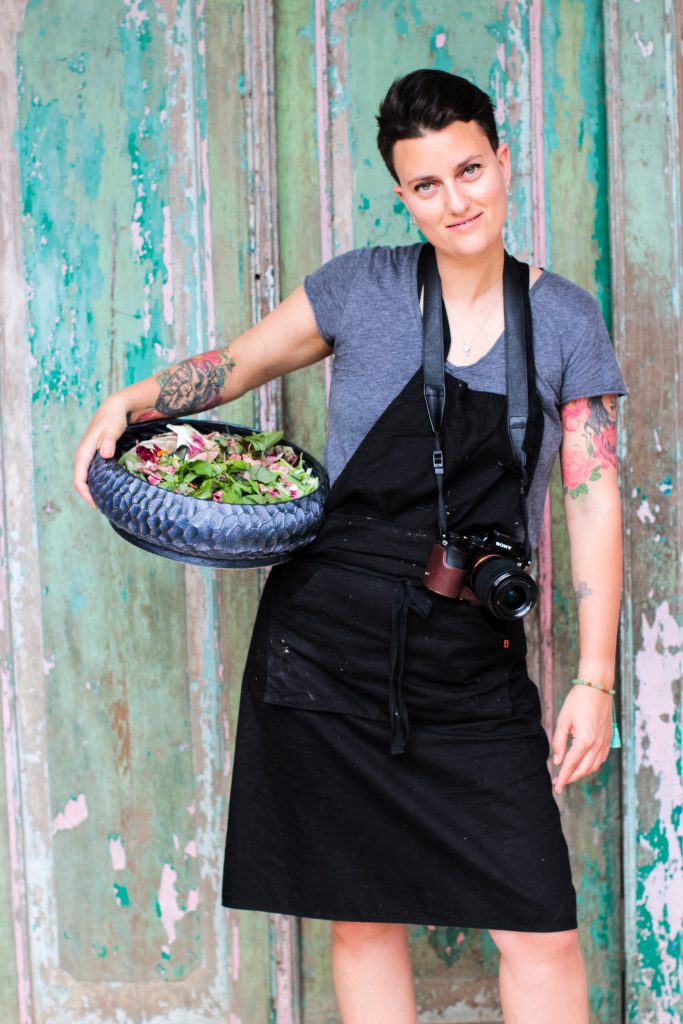
 Rose O’Neill first illustrated Kewpie dolls to be featured in the Ladies’ Home Journal, and they swiftly became extremely popular. Born in Germany, their name derived from the word “Cupid”, for the Roman God of beauty.
Rose O’Neill first illustrated Kewpie dolls to be featured in the Ladies’ Home Journal, and they swiftly became extremely popular. Born in Germany, their name derived from the word “Cupid”, for the Roman God of beauty.